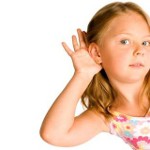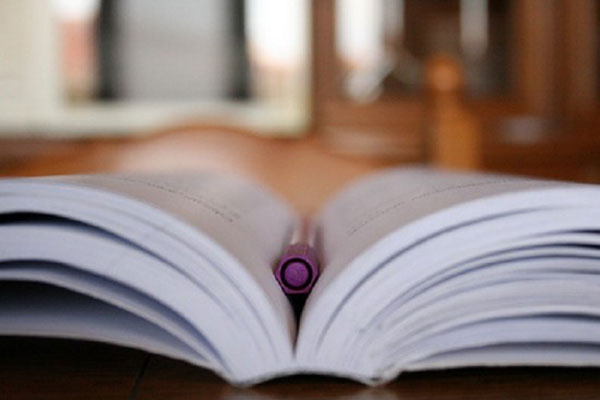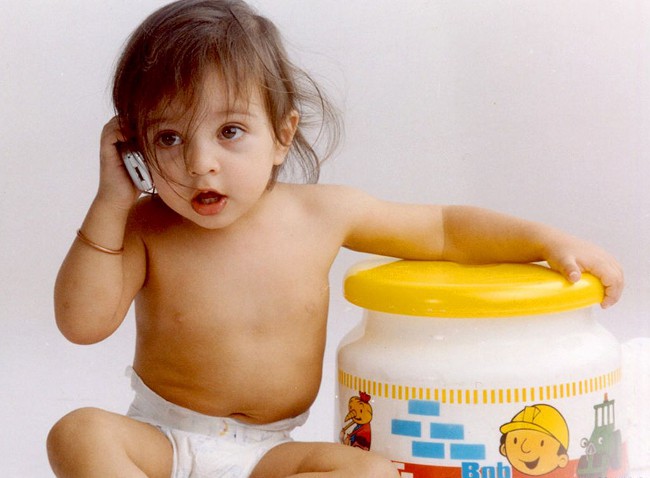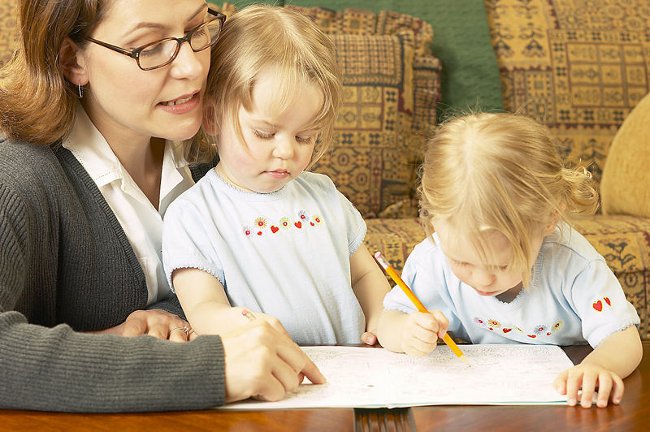Development of phonemic hearing in children
 Phonemic Hearing is responsible for distinguishing phonemes (sounds) of speech. It helps us to distinguish words and forms of words that are similar in sound, and correctly understand the meaning of what has been said. Development of phonemic hearing in children - the key to successful teaching of reading and writing, and later - and foreign languages.
Phonemic Hearing is responsible for distinguishing phonemes (sounds) of speech. It helps us to distinguish words and forms of words that are similar in sound, and correctly understand the meaning of what has been said. Development of phonemic hearing in children - the key to successful teaching of reading and writing, and later - and foreign languages.If a child has poorly developed phonemic hearing, he can confuse close-by-sounding phonemes. This can hinder the development of communicationspeech, reading and writing, because if a child does not know how the sounds are differentiated, it will take (to remember, pronounce and write) what he has heard, not what he actually said. Hence - mistakes in speech and writing.
Poor development of phonemic hearing can lead to functional dyslasia - the broken pronunciation of individual phonemes orgroups of phonemes. If a child can not distinguish similar phonemes by ear, he can not and correctly pronounce them. If the time is not taken, the defect will be fixed, and the older the child becomes, the more difficult it will be to fix it.
In the case when parents understand how important the development of phonemic hearing is for a child and are engaged with it since childhood, by the age of five the child should be able to determine by ear if there is a specific sound in the word, and he himself select the words to the given sounds. But in practice this is not always the case. Quite often children confuse similar sounds - hard and soft, deaf and sonorous, hissing and whistling (for example, M & M, W, C, C and C, etc.).
The development of phonemic hearing in preschool children can be "spurred on" with the help of special exercises. These exercises will help children recognize the given sound in words, determine the place of sound in the word, distinguish words and forms of words that differ only in one phoneme.
Development of phonemic hearing: Exercises
Learn the sound
This exercise teaches you to determine the presence orthe absence of a given sound in the word by ear. Invite your child to perform a certain action (raise his hand, clap his hands, stomping with his foot), when he hears words with a given sound. If the child has problems with distinguishing a particular sound - do an exercise on this sound, if there is no problem - select the most probable "problem" sounds.
What common?
Say three or four words, each of whichthere is a certain sound, and ask the child what sound is common to all these words. It is desirable, that the given sound was in words on different positions - in the beginning, in the middle and in the end. For example: heron, daffodil, well done.
One, two, three - think quickly!
In this exercise, the child needs to come up with a word that will meet certain criteria, for example:
Name a word that begins with the same sound as the word "fur coat".
Think of a word that begins with the last sound of the word "watermelon".
Remember the name of the fish, in which there is the last sound of the word "castle" (pike, crucian carp, carp ...).
Pick up a word in which the first sound is c, and the last is to.
You can ask the child to choose a picture that shows an object with a given sound, or simply find such an object in the room.
Someone has confused something
This exercise helps you learn to distinguishwords that differ in one phoneme. To do this, you need to read the child's nursery rhymes, replacing in one word one letter (or removing it, or adding extra). The child must find a mistake in the poem and correct it. Verses can be very different, for example:
I love my horse,
I'll comb it smoothly,
I'll comb the tail with my comb
And I'll ride on horseback bones.
We'll build the plane ourselves,
Let's go over scales.
Let's go over scales,
And then we will return to mother.
Bunny sits sitting
And his ears are stirring.
The bunny is cold to sit,
It is necessary bulbs warm.














